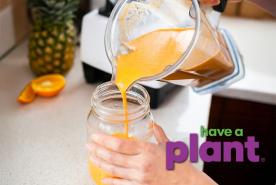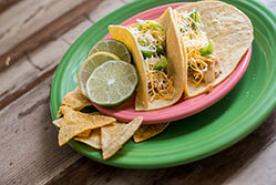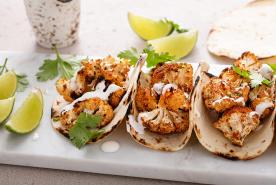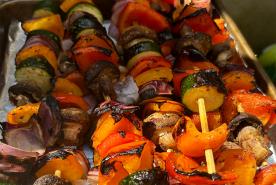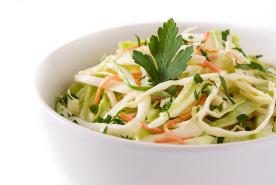January 03, 2023
Are you sick of being bombarded with New Year's diet advertisements? We promise this isn't another sales pitch! Instead, we want to share five healthy food choices to help kickstart your new year. After all, a well-balanced diet is a great way to slow or prevent kidney disease, and while these foods don't have magical qualities, they can help make your meals healthier.
1. Nuts and seeds
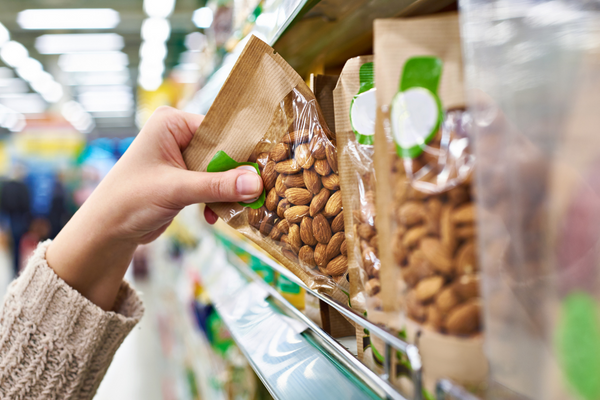
Nuts and seeds are small but mighty superfoods that can fill you up quickly and help prevent inflammation.
Nuts and seeds are full of:
- Heart-healthy fats
- Omega 3s
- Fiber
- Antioxidants
- Plant protein
Since nuts and seeds contain potassium and phosphorus, the amount you can have will depend on your stage of kidney disease or type of dialysis. Find a kidney dietitian near you.
Nutritional information for five common nuts and seeds:
| Nuts and seeds (1/4 cup) | Phosphorus (mg) | Potassium (mg) | Protein (g) |
|---|---|---|---|
| Sunflower seeds | 100 | 80 | 1.7 |
| Peanuts | 133 | 232 | 8.9 |
| Roasted pumpkin seeds | 15 | 147 | 3 |
| Cashews | 150 | 180 | 5 |
| Almonds | 150 | 200 | 6 |
Get more nut and seed nutritional facts.
2. Blueberries
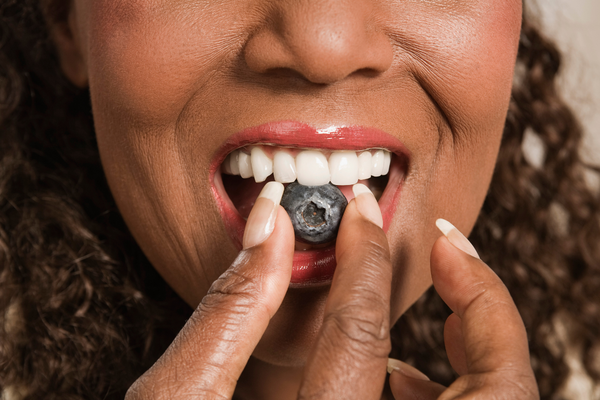
This bright, versatile fruit is an excellent source of fiber, vitamins, and antioxidants. As a bonus, they are just as tasty raw as cooked or baked.
Blueberries are low in:
- Calories
- Potassium
- Phosphorus
Try these delicious blueberry energy balls.
3. Healthy oils and fats

You probably constantly hear how important it is to eat less fat and oil, but did you know that eating certain ones in moderation can benefit your health? Here's why.
Healthy oils and fats help:
- Build cell membranes and nerve tissue
- Blood clot
- Absorb some vitamins and minerals
Find out how to use different healthy oils and fats.
4. Herbs
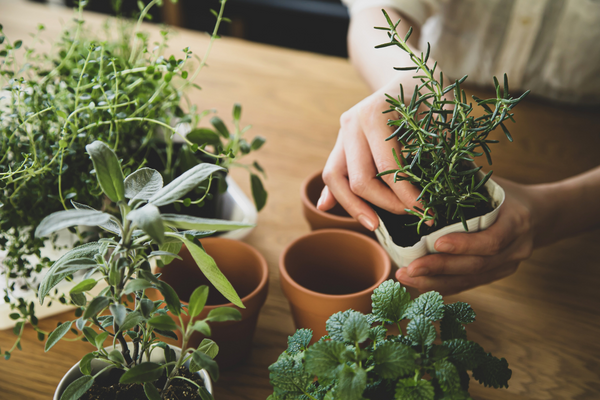
Herbs are a great way to flavor food without salt, are inexpensive to purchase, and are easy to grow at home.
Five popular herbs and their uses:
- Cilantro: Chicken, seafood
- Marjoram: Beef, chicken, pork, green beans, cauliflower, eggplant
- Rosemary: Chicken, pork, cauliflower, peas, marinades, risotto
- Thyme: Beef, chicken, pork, fish, green beans, beets, carrots
- Dill: Beef, chicken, green beans, cabbage, carrots, peas, dips
Some herbal teas can interfere with medicines, so speak with your healthcare team or a kidney dietitian to learn which are safe.
Get a spicy herbal seasoning mix.
5. Leafy green vegetables

Dark leafy greens are chock full of vitamins, minerals, and antioxidants. They are also available fresh or frozen at grocery stores and can be added to almost any dish. Keep in mind that some frozen green vegetables are high in sodium or have sauces that can be unhealthy for people with kidney diseases. Always read the nutrition facts on frozen products and select those without sauces or added salt.
Three common leafy greens' potassium levels:
- Low potassium: raw green cabbage, raw kale, cooked napa cabbage
- Medium potassium: boiled kale, raw red cabbage, raw spinach
- High potassium: boiled swiss chard, boiled bok choy, boiled beet greens
Your kidney dietitian will help you decide which greens are right for you depending on the amount of potassium you can have, your kidney disease stage, or your dialysis mode.
Learn more about leafy greens and kidney disease.
Find more superfoods
Check here every month for new superfoods.
*This content is provided for informational use only and is not intended as medical advice or as a substitute for the medical advice of a healthcare professional










